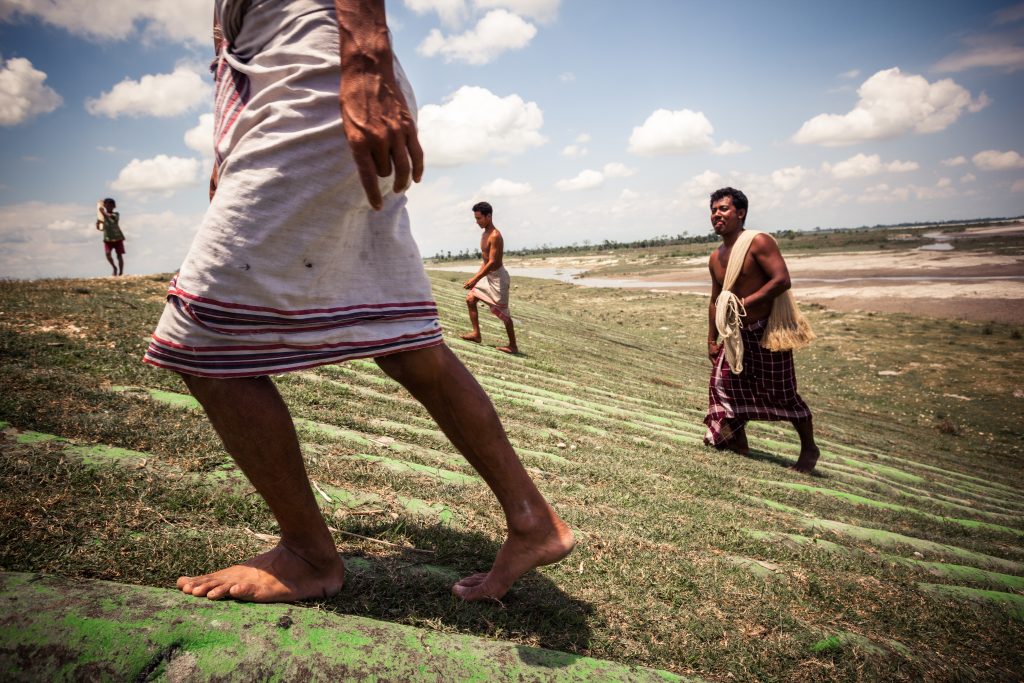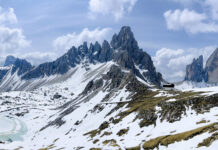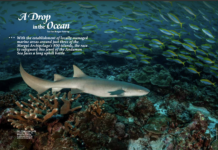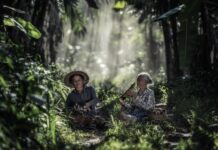
Franck Vogel’s Transboundary Rivers Project
Photos Franck Vogel
China and India’s race to fulfil hydroelectric dreams has seen over 150 dams planned for River Brahmaputra and its tributaries – and this number is just from India alone. The 2,900 kilometre river, which runs through China, India and Bangladesh, is at the epicentre of flash floods, environmental degradation and loss of livelihoods, borne by rural villagers and their homes which stand in the way of meeting energy demands.
The case of Brahmaputra isn’t unique – and the global nature of these water issues is what French photographer Franck Vogel wants us to realise. The Asian premiere of his photography exhibition, Transboundary Rivers, presents stories of the Nile in Egypt, the Brahmaputra in India and the Colorado in the United States, three rivers each with their own sets of problems.

Franck is renowned for his coverage of social and environmental issues, from the Bishnois people in India – who dedicate themselves to protecting wildlife and the environment – to albinos in Tanzania who are persecuted by their societies.
Franck was inspired to embark on his most recent Transboundary Rivers project in 2012 after investigating issues concerning the contentious Millennium Dam project on the Nile. “I realised that the global freshwater situation has reached a critical point and that it needs immediate attention and action,” says Franck. Apart from the rivers featured in the Singapore exhibition, he has also travelled to the Jordan, whose water is shared (or rather, fought) between Israel, Jordan and Palestine.
Journeys to these regions have not been easy. While working on the Nile story, there was an instance when he needed to photograph a giant bucket wheel excavator, which is used in surface mining. “It was in the middle of the bush, where dozens of men died during a tribal fight just near the machine,” Franck tells us. He had a military escort of eight soldiers who feared for an ambush, but thank goodness all went well.
Apart from build-ups of high tension, conflicts among the riparian states are also often riddled with complexities. Take the Brahmaputra for example. In the media, China is often portrayed as the main antagonist – four dams have been constructed along the same river stretch in Tibet and the country has been accused of causing a drying out of the river by the Indian government. However, stepping into India, another story unfolds.

With the 150 dams approved for construction by the Indian government, there has been little consideration for the fates of those living along the Brahmaputra. Franck’s photographs capture the daily lives of these people whose livelihoods depend on the river, from fishermen to tea planters. Erosion is a major problem for many households – near Gogamukh, the original village of Konuwapara has been completely submerged. A total of 55 houses have shifted to higher grounds, but the owner of this new land wants displaced residents to move elsewhere.
And that is just but one facet of social problems. To garner support for dam projects, companies resort to unscrupulous bribery by introducing money, alcohol and opium to villagers. This not only curries favour; the alcohol and opium turn locals into addicts such that they no longer attend public hearings where dam construction was disputed.
It is difficult for an outsider to understand the full extent and gravity of transboundary river conflicts, but Franck’s works try to help us bridge that gap. Apart from displaying his images in exhibitions and magazine publications, Franck also conducts conferences around the world to widen his outreach.

Franck says that this Transboundary Rivers project is only half complete. He estimates that it will take two more years of documentation: this summer, he will be travelling to the Mekong while next year he intends to visit the Ganges and the Amazon. At the end of it, Franck will have published a two-volume book set that collects all that he has done on this project – the first volume will be published in September this year.
At present, his exhibition runs in Singapore’s Gardens by the Bay until 30 May. It is part of Voilah!, an annual festival in Singapore that aims to promote French creativity and innovation in the fields of culture, science and gastronomy. Franck’s exhibition is just one of 40 programmes at Voilah! – there are also film screenings, musical concerts, dance performances and picnics for the public to enjoy.
While the festival has a focus on French culture, elements of Asia are still prevalent in many of the activities. This is because many events are jointly presented by partners from Singapore and France – such as the Reframing Modernism art exhibition co-curated by National Gallery Singapore and Centre Pompidou. Be sure to drop by activities at Voilah! 2016 if you’re in the little red dot from now until 31 May.
For more stories and photos, check out Asian Geographic Issue 118.










